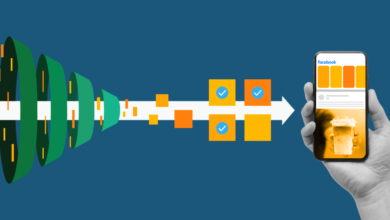How to Create Visuals From Text Using AI Tools

The integration of AI tools in visual creation presents a transformative opportunity for users across various skill levels. By inputting descriptive text into platforms like Canva or DALL-E, individuals can generate striking images with ease. This process not only democratizes design but also encourages experimentation with different styles. However, understanding the nuances of effective visual communication remains essential. What strategies can enhance this innovative approach to graphic design?
Understanding AI Tools for Visual Creation
AI tools for visual creation have revolutionized the way individuals and businesses approach graphic design and artwork.
By utilizing innovative text to image capabilities powered by creative algorithms, users can effortlessly transform written concepts into compelling visuals.
This technological advancement not only enhances creativity but also democratizes design, allowing anyone to express their ideas visually, fostering a greater sense of freedom and artistic exploration.
See also: AI-Generated Slides: A Faster Way to Deliver Impactful Presentations
Step-by-Step Guide to Generating Graphics
With the rise of advanced visual creation tools, generating graphics from text prompts has become a straightforward process. Users can simply input descriptions to convert text to image, exploring various graphic styles.
Best Practices for Effective Visual Communication
Effective visual communication captures attention and conveys messages clearly.
Utilizing visual hierarchy ensures that the most important elements stand out, guiding the viewer’s eye effectively.
Moreover, understanding color psychology can evoke specific emotions, reinforcing the intended message.
Exploring Popular AI Platforms for Visual Design
As technology advances, numerous platforms have emerged that leverage artificial intelligence to streamline the visual design process.
AI design platforms like Canva and DALL-E are at the forefront, adapting to visual content trends and enabling users to create compelling visuals effortlessly.
These tools democratize design, allowing individuals to express creativity without extensive technical skills, ultimately fostering a more inclusive digital landscape.
Conclusion
In a world where creativity meets technology, the ability to transform text into visuals represents both empowerment and simplicity. Users can harness AI tools to generate stunning graphics, bridging the gap between novice and expert designers. However, as accessibility increases, so does the challenge of maintaining originality in a sea of automated imagery. Thus, the juxtaposition of ease and artistic integrity highlights the need for thoughtful engagement with these tools, ensuring that personal expression remains at the forefront of visual communication.




